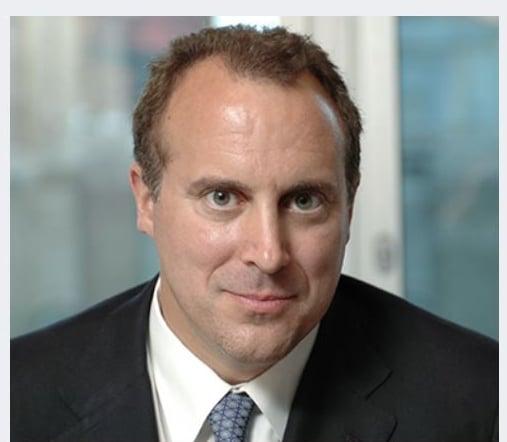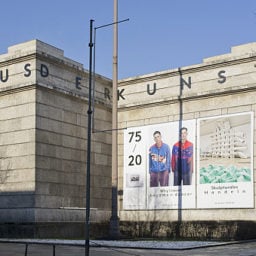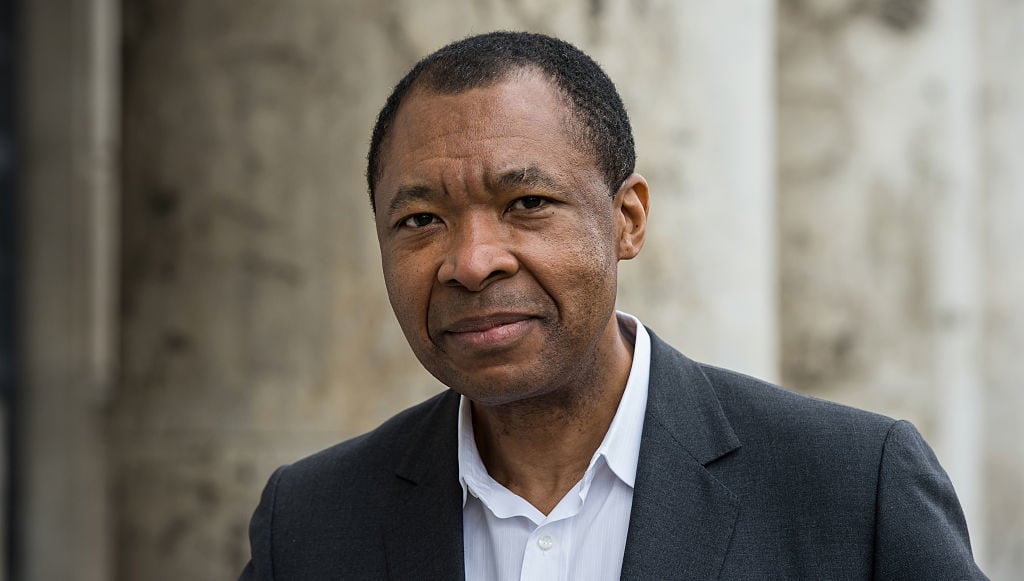
Art and Law
Gagosian to an Angry Collector Who Paid Millions for Jeff Koons Sculptures That Never Arrived: You Can’t Rush a Perfectionist
The dealer argues that Steve Tananbaum's claims are baseless because the artist "often takes years" to complete his sculptures.
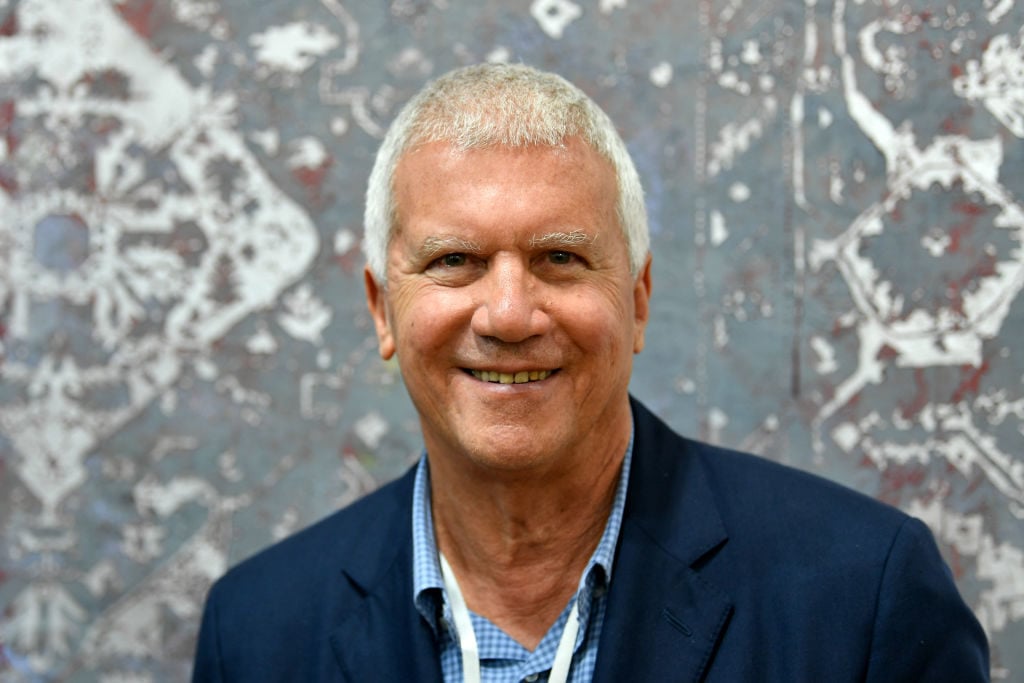
Expect delays and be patient. That’s the message mega-dealer Larry Gagosian has for billionaire collector and MoMA trustee Steven Tananbaum, who claims in a lawsuit that he’s been waiting years to receive three large-scale Jeff Koons sculptures for which he paid millions. The works have yet to arrive, according to the claim.
Last Friday, Gagosian responded to an amended suit filed by the disgruntled collector following an earlier complaint made this past spring. For the second time, Gagosian filed a motion to dismiss in the New York State Supreme Court, asserting that Tananbaum is a “highly sophisticated art collector” who is aware of Koons’s reputation as “a perfectionist who often takes years” to make his sculptures.
Gagosian even flipped Tananbaum’s script against the collector, citing language from the original lawsuit, which stated that Koons “wears the crown in the Contemporary Art world.” It also said, somewhat awkwardly, that “he is the number one.”
The Gagosian response further points out that Tananbaum was being advised by a top art advisor Sandy Heller and, that, in addition to understanding that Koons is a perfectionist, the collector was also aware that completion dates for sculptures are only approximate. “Those estimated dates are often extended by multiple years,” according to the filing.
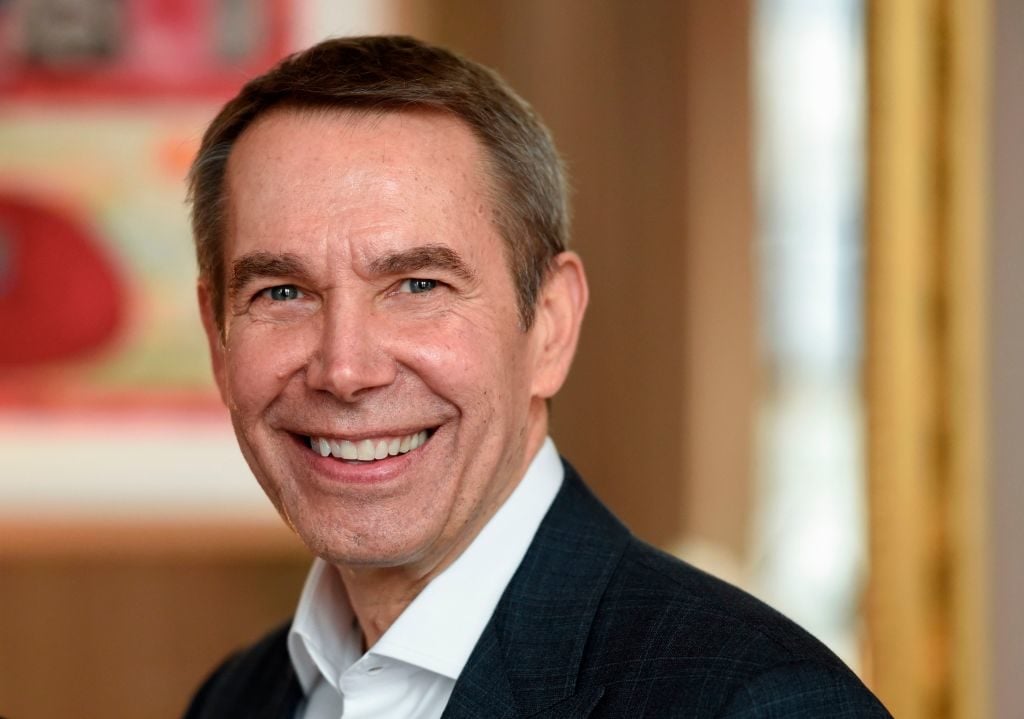
US artist Jeff Koons poses for photographs during a meeting at the French Cultural Ministry in Paris on January 30, 2018.
Photo by Stephane de Sakutin/AFP/Getty Images.
Photo by Stephane de Sakutin/AFP/Getty Images.
The legal rift between Gagosian and Tananbaum grew out of a purchase the collector originally made in September 2013. Tananbaum agreed to buy from the dealer Koons’s Magenta Balloon Venus—an oversized, highly polished riff on Venus of Willendorf, a female figurine that was found in 1908 by an archaeologist in Austria.
In his response, Gagosian maintains that Tananbaum was informed of multiple extensions in Koons’s estimated completion date for the sculpture. Further, “after a more than two-year extension in the estimated completion date… Mr. Tananbaum agreed to purchase two more works with ‘estimated’ completion dates,” the motion claims.
Gagosian argues that Tananbaum’s breach of contract claims are baseless because completion dates are only approximate and “time therefore is not of the essence.” Gagosian further maintains that Tananbaum’s amended complaint establishes that he “accepted that the completion dates could be extended and that Mr. Koons could take years before commencing physical fabrication.”
Gagosian’s attorney Mattew Dontzin of Dontzin, Nagy & Fleissig, declined to comment for this story.
Tananbaum has switched attorneys since his initial filing when he was represented by Aaron Richard Golub. The April suit turned heads because of the colorful language used in one of the allegations: “When the curtain is pulled back, ‘Something is rotten in the state of Denmark’ cannot help but spring to mind from defendants’ naked, unadorned avarice and conspiratorial actions in connection with the sale of factory-manufactured industrial products called Jeff Koons sculptures.”
For the amended filing, Tananbaum turned to a new attorney, Shannon Selden of Debevoise & Plimpton. In a phone interview with artnet News, Selden said the dealer wasn’t treating buyers fairly. “Gagosian’s tactics of selling multiple works for millions of dollars and then picking and choosing whether or not to deliver them on time, are unfair to buyers,” she wrote. “For Mr. Tananbaum this lawsuit is a matter of principle.”
Indeed, Tananbaum is not the only buyer to have lost patience with Gagosian over the delivery of a Koons work. Shortly after the collector’s first lawsuit, a similar claim was put forth by Hollywood producer Joel Silver, who produced the films The Matrix and Lethal Weapon. He alleged that Gagosian failed to deliver Koons’s Balloon Venus Hohlen Fels, which Silver agreed to buy for $8 million in 2014. Silver claimed that when he attempted to cancel the deal due to the lateness, the gallery told him that he would then have to forfeit the $3.2 million he had already paid, according to court documents.
Follow artnet News on Facebook:
Want to stay ahead of the art world? Subscribe to our newsletter to get the breaking news, eye-opening interviews, and incisive critical takes that drive the conversation forward.
SHARE
Article topics
